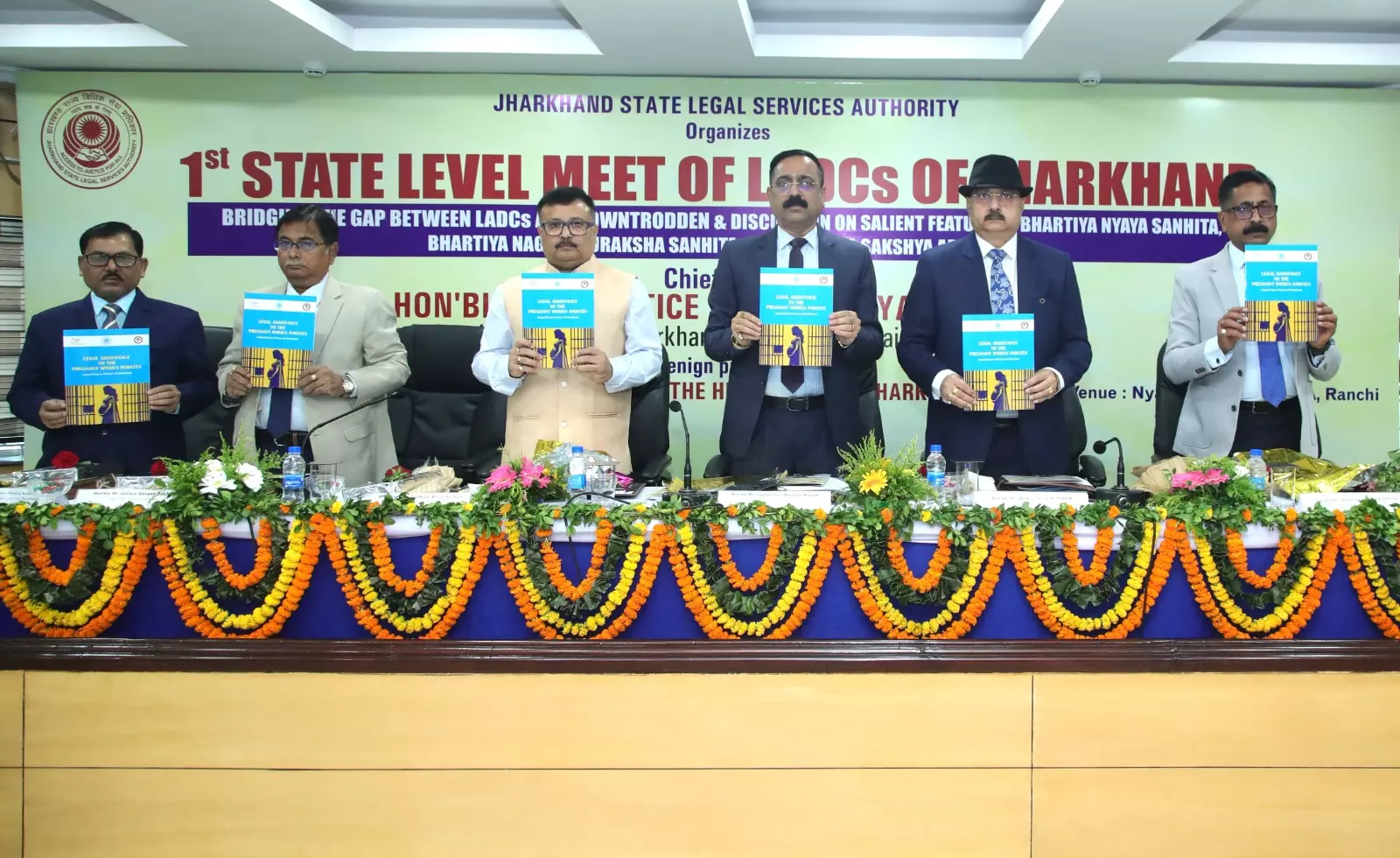Large park expansion, housing on the table for last and biggest round of pandemic aid
Charities and public agencies are in heavy competition for the last $90 million of Ventura County’s share of federal pandemic aid, a windfall that managers don’t expect to be repeated in their lifetimes.
Among the highlights from a list of county officials are scrutinizing:
-
The county Parks Department wants $25 million to acquire open space and develop parkland at Rancho Cañada Larga, a 6,500-acre property listed for sale northwest of Ventura.
-
A coalition is asking for $22 million for affordable housing and legal aid to tenants.
-
Food Share wants $3 million to cover part of the cost of a new headquarters off Wooley Road in Oxnard.
-
The county Human Services Agency is looking at spending $1 million for a guaranteed income program to help young adults leaving foster care, part of a state pilot project that could provide up to $16,000 annually per person. Locally, officials might target 150 foster youth in the hopes of improving housing stability, college attendance, financial resources and overall well-being.
The cash represents the last portion of $164 million the county government received from the American Rescue Plan Act, signed into law last year to help the nation recover from the health and economic effects of the pandemic.
The Board of Supervisors has already OK’d spending $5.7 million for a sewer project in Piru, transitional housing in Ojai and business relief, plus they’ve reserved $65 million for an array of other projects approved in concept.
But decisions are pending on the last $90 million, which represents more than half the money. The requests total an estimated $316 million, more than three times the available funds.
More: Federal windfall will pay for wish list of local projects unrelated to pandemic
More: Oxnard farm works to protect employees during the pandemic
More: County budget of $2.7B OK’d with new investments in health care
Managers in the County Executive’s Office expect to bring a recommendation to supervisors for the entire amount in October after studying the proposals that range from ideas to fully developed projects.
Meanwhile, both charity and government officials are dreaming big. Officials told county department heads to cast a wide net and submit any project they wanted considered that fit within the board’s priorities and federal rules.
“The idea is this is once-in-a-lifetime funding for infrastructure and community needs,” said Scott Powers, who supervises the county government team administering the funding. Spent properly, it can pay off for generations of county residents, he said.
County Parks Director Colter Chisum said the proposal for the Cañada Larga property stems from the need for more park space along the coast north of Ventura, but that the local agency cannot pay for it on its own.
“It is not a very developed concept,” he said. “It is just a park idea but obviously there are a lot of competing interests for the funding.”
Most of the money the county received from the act is still unspent amid some criticism from a state health equity group that evaluated how the county had used the funds as of early this year.
The county scored an overall grade of “C” in the evaluation by the California Pan-Ethnic Health Network, which advocates for health equity for communities of color.
“Despite urgent needs in its communities during COVID-19, Ventura County has been slow in developing concrete health and social projects,” the network said.
Ventura County did poorly in a category that reflects how the county spent the money from the rescue act and how quickly, scoring just 4 points out of 40. The group looked only at funding that has been obligated, which put Ventura far behind with just $5.7 million in approved projects.
The $65 million in projects that were conceptually approved include a mental health center in the east county and park improvements in the low-income communities of Saticoy and Nyeland Acres.
Projects that have been conceptually approved didn’t count in the analysis because such votes can change, said Weiyu Zhang, associate policy director of the network.
The county got high scores for the other categories: an A for community engagement and B’s for promoting racial equity and making information on their use of the funds available to the public.
Los Angeles County scored highest in the survey with an overall grade of A, while Orange and San Diego counties received B’s. Besides Ventura, six other counties received C’s: Fresno, Kern, Sacramento, San Bernardino, Stanislaus and San Joaquin. The joint city and county of San Francisco received no overall grade due to incomplete information.
Matt LaVere, chairman of the Ventura County Board of Supervisors, said he had not seen the survey, but defended the pace at which the county is spending the cash.
“I think we have moved judiciously,” he said. “This is a once-in-a-lifetime opportunity. Rather than do it fast, we want to do it right. We still don’t know some of the impacts of COVID. We need to have money to meet those needs as well .”
The county has until the end of 2024 to obligate the money and the end of 2026 to spend it under the federal government’s rules, county officials said.
Kathleen Wilson covers the Ventura County government, including the county health system, politics and social services. Reach her at [email protected] or 805-437-0271.
This article originally appeared on Ventura County Star: federal pandemic aid” class=”link “>Charities, public agencies chase $90M in federal pandemic aid
Related Posts
- Pritzker asks for more federal money to states with abortion access
- SA seeks legal advice on R396bn Eskom debt burden
- Almost 30% of queries to free legal advice service related to family law
- Legal Aid of NC gets more than $4 million to help natural disaster victims | Crime News
- State appropriation boosts legal aid services for low income families



